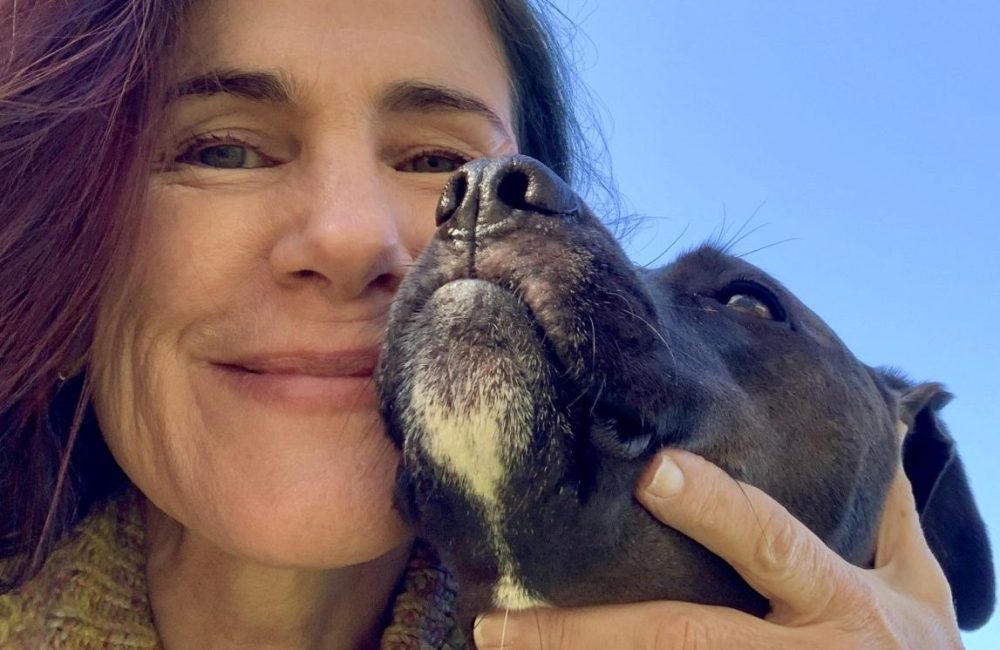How many times do you hope to bloom?
Category: U.K. United Kingdom
Critter Vids + B. Christopher’s Vet Trip + Podcast: A. Renaud’s Inspo
Do you have a favorite animal?
SnailMail + D. Zeorlin’s Kindness + Podcast: J. Barrow’s Publishing
How often do you snail-mail those you care about?
Xme + Publish: Barrow’s Trad + Podcast: Cotticollan’s India Self-Pub
What method do you use to write? And do you have labels you like to go by?
20 Podcast Promotion Tips by Fiona Livingston
Got a podcast or want to start one?

